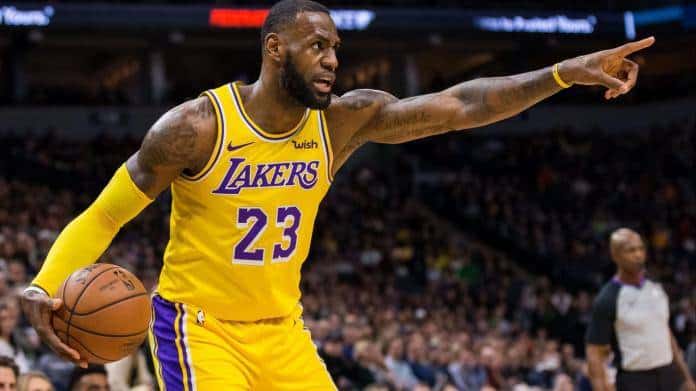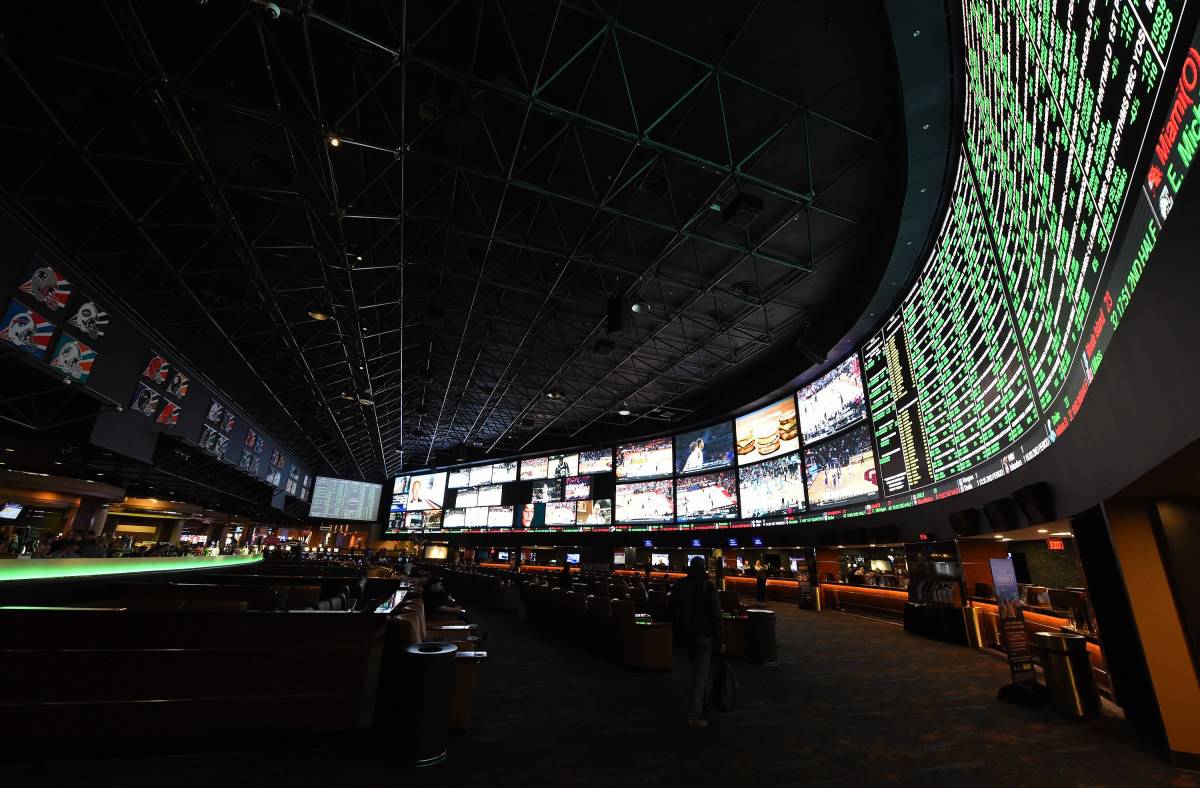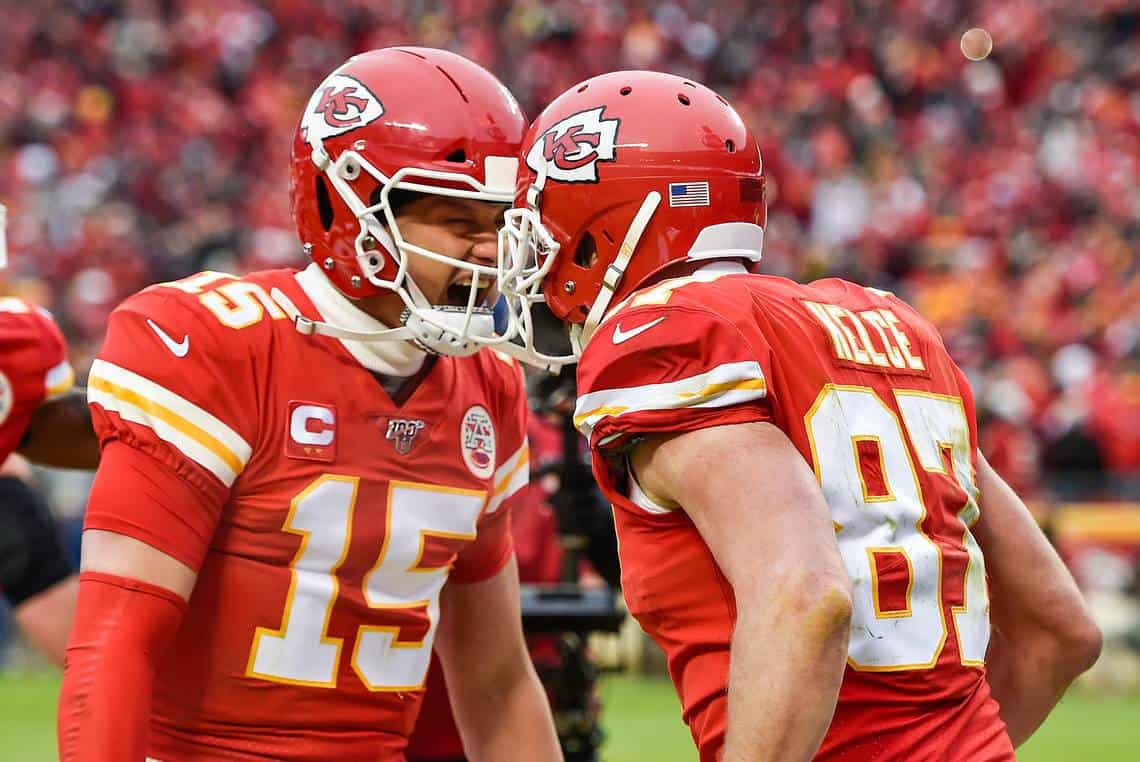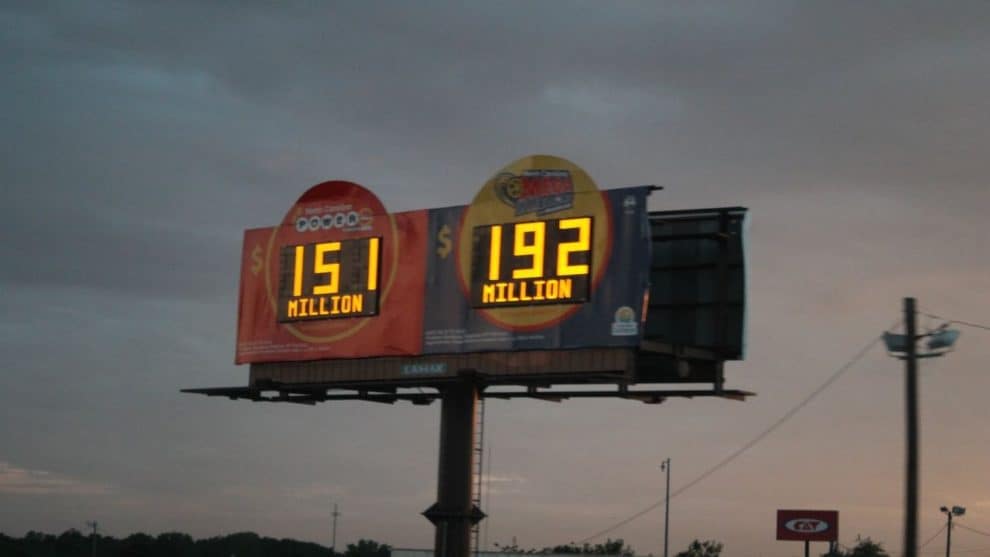
- The nationwide Mega Millions Lottery Jackpot hit for $1.337 billion USD on Friday night.
- Mega Millions games are available in 45 US states plus the District of Columbia and the U.S. Virgin Islands.
- The odds of winning the Mega Millions Jackpot are just over 1 in 302.5 million
The Mega Millions drawing on Friday night produced one jackpot winner that will pocket the $1.337 billion USD top prize. The single winner bought the ticket in Illinois, though little more is known about it. The winner probably wants to keep it that way. At any rate, the latest installment of ‘lottery fever’ is over.
I did get an interesting question about the Mega Millions jackpot–at what point (if any) does the lottery become ‘positive EV’? EV–of course–is ‘expected value’ and that’s a concept serious sports bettors and other gambling enthusiasts talk about often. The general idea of successful gambling is to bet in ‘positive EV’ situations and avoid ‘negative EV’ situations. To answer the question, let’s start with the definition of ‘expected value’:
WHAT IS ‘EXPECTED VALUE’?
Expected value is a fairly easy concept to understand but not quite as easy to explain. It’s easy to understand within the context of ‘real world’ examples, but the formal definition might have you scratching your head. Here’s one definition, this from a page for aspiring accountants:
Expected value (EV), also known as mean value, is the expected outcome of a given investment, calculated as the weighted average of all possible values of a random variable based on their probabilities.Expected value (EV), also known as mean value, is the expected outcome of a given investment, calculated as the weighted average of all possible values of a random variable based on their probabilities.
The explanation of the definition given by the website expands on the real world usefulness of the EV concept:
The concept of an expected value is rooted in statistics, but has practical use in the business world. It can be used by business leaders to evaluate alternatives and make decisions that are qualitatively informed. When making a decision that could have multiple outcomes, business should look at the value of each alternative and choose whatever alternative that has the highest value.
Here’s the formula:

Where n is the number of observed outcomes, x is the value of the outcome, and p is the probability of the outcome. Once expected value is calculated for each possible alternative, they can be compared. The most desirable alternative is the one with the largest value, or smallest if the values express costs.
Expected value is broadly used in scenario and probability analysis. By knowing the probability of occurrence for each value, we can calculate the expected value of an investment, which the probability-weighted average of all values.For example, if there is a 70% probability of gaining $10 and a 30% probability of losing $8, the EV would be: $10 x 70% + (-$8) x 30% = $7 – $2.4 = $4.6. Therefore, given these probabilities, the EV of this investment is $4.6.
Investing and gambling are only two of the practical applications of expected value. Some of the ones that might surprise you are weather forecasting, health care and insurance. Gambling, however, is the easiest way to understand EV (in my opinion at least). Perhaps the simplest way to wrap you head around it is to think of a slot machine. You’ve no doubt seen casinos that advertise the payback of their slots. It’s not as common as it used to be for a number of reasons which we’ll discuss at some point in the future. Video poker machines have clearly established payout percentages which you can determine from the pay tables. Slot machines do not–and the manufactures like to keep it on the hush hush.
Here’s a pay table from a ‘full pay’ jacks or better video poker machine:
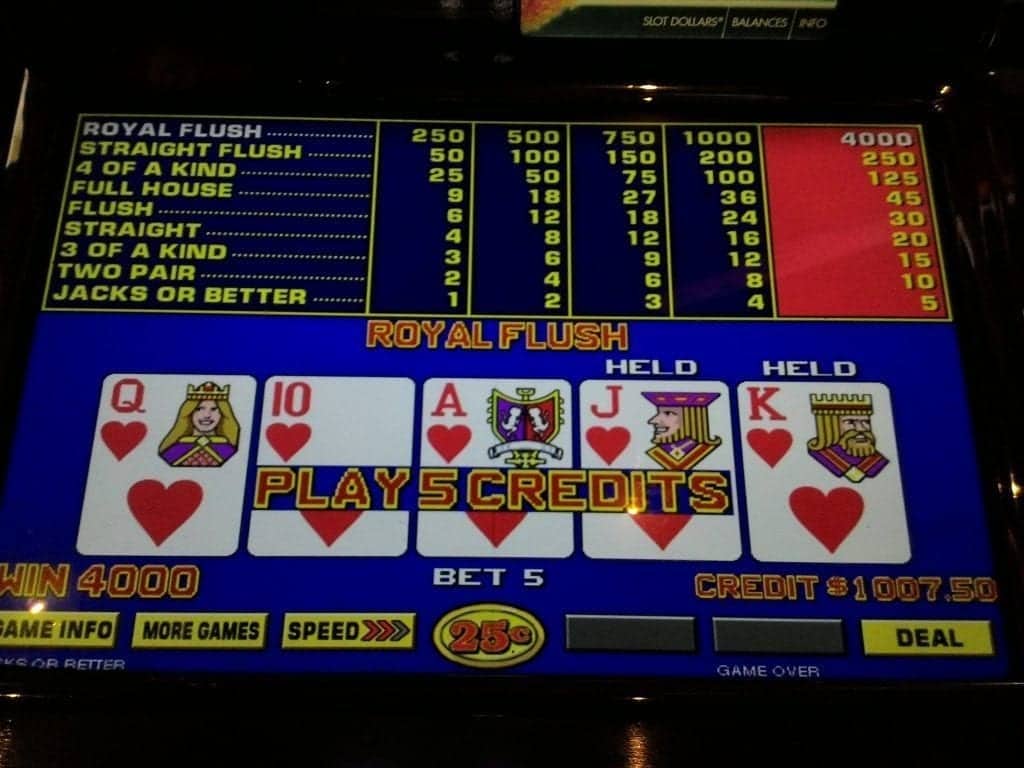
The payout percentage on this pay table is 99.5%. You can find all sorts of information on video poker, slots and every other casino game at Michael Shackleford’s invaluable Wizard of Odds website. Another way to express this is using expected value–the expected value of every $1.00 you put in to this video poker machine is 99.5 cents. Every $100 is $99.50. The 1/2 of 1 percent is the ‘house edge’ or ‘hold percentage’.
PROGRESSIVE JACKPOTS AND POSITIVE EV
The above example uses a fixed pay table but many slots and video poker machines have progressive jackpots. Here’s a bank of progressive video poker machines:

Instead of paying out 4000 coins for a royal flush, the value of the jackpot grows as more people play. It will continue to grow until it is hit, at which point it’ll reset and start over. This is the same general concept as the lottery jackpot.
If the video poker jackpot continues to grow without being won it will–at some point–become ‘positive EV’ to play the game. The breakeven level varies based on the individual machine pay table. For example, on an 8/5 pay table Jacks or Better (JoB) you’ve reached 100% EV when the jackpot hits $2166.50. On a 9/6 JoB progressive it’s $1220.00. Past this point, the expected value of every $1.00 becomes $1.01 or more.
This is the conceptual framework–in the next article we’ll address how it specifically applies to the lottery.







